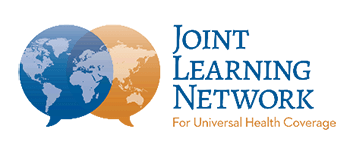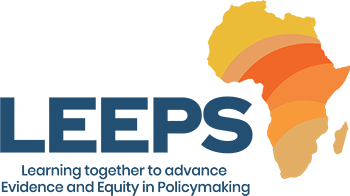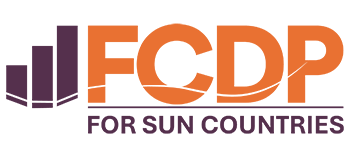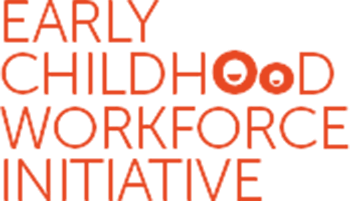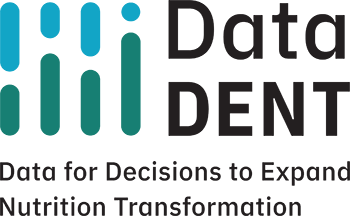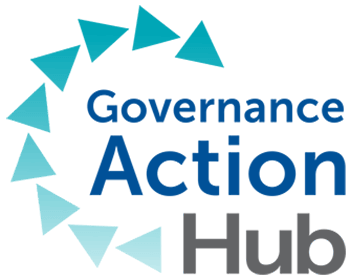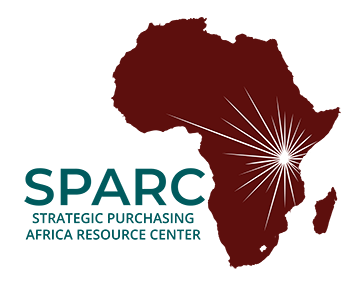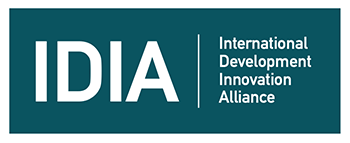Positive Youth Development: What is it? And does it impact youth employability?
On Tuesdays, my colleagues and I take a break from assessing health and education challenges to strategize on the soccer field instead. We’re very good at strategizing, but we’re awful at scoring goals. Soccer, of course, is a sport that requires thoughtful strategy, but a game plan is not very useful without clear communication to execute it, the stamina to run across the field toward the goal, or the skills to kick the ball on target. If we’re going to score, win games and fulfill our goal of making the playoffs, we need that whole package.
Similarly, youth growing up in low- and middle-income countries (LMICs) need more than just a game plan to be successful in achieving their goals. They must have the adequate knowledge, skills and support. This is where the developmental approach of positive youth development (PYD) comes in.
Unlike youth development programming of the past, PYD does not respond to young people in a risk or problem frame, but instead chooses to support youth holistically by fostering positive attributes, which can lead to an improved quality of life and are crucial to youths’ development. These attributes include:
- Assets: Youth need the necessary resources, skills and competencies to achieve desired outcomes. This includes obtaining the right schooling and technical and vocational skills, but it also encompasses interpersonal skills (communication), critical thinking, and other crucial life skills.
- Agency: To make good use of their assets, youth need the ability to make decisions about their own lives, set their own goals, and act upon those decisions. They need determination, resiliency, and self-efficacy.
- Contribution: In addition to investing in their own growth, youth should be able to act as a source of change within their communities.
- Enabling Environment: To be successful, youth should be surrounded by community that maximizes their assets, agency, and access to services and opportunities, while providing a safe and supportive space for expression and growth.
A systematic review of positive youth development programs
My colleagues and I at Results for Development recently contributed to a Systematic Review of PYD programs in LMICs as part of USAID’s YouthPower Learning project to generate knowledge about the implementation and impact of PYD.
The systematic review was an important endeavor. To support PYD programs across the globe, we first needed to understand where or how they are currently being implemented and what their impact has been. Since PYD is a multisector approach with the potential to improve youth development outcomes related to health, education, and other facets of youths’ lives, our team reviewed a large volume of diverse youth development literature.
Of particular interest to us were the evaluations focused on workforce readiness and employability. As a follow-up to the systematic review, YouthPower Learning recently launched a brief and hosted a webinar focused only on those reviewed PYD programs which help youth develop the necessary skills, competencies, and resources to secure and maintain meaningful employment. Here’s the gist of what we found:
Most PYD programs classified as workforce readiness and employability also work towards outcomes in other sectors, such as health, democracy and governance, and education.
Workforce readiness and employability programs focus on building youth assets, including vocational and soft skills. Building youth agency and supporting an enabling environment for youth development were also part of most programs.
Several programs reported positive outcomes relevant to that sector, as well as positive health and gender equity outcomes.
- Workforce readiness and employability outcomes: Increased formal and self-employment, better quality of employment, and financial assets.
- Health outcomes: Increased voluntary contraceptive use, improved HIV and pregnancy knowledge.
- Gender equity outcomes: Decreased child marriage, as well as improved community gender norms.
A significant evidence gap on the effectiveness of workforce readiness and employability PYD programs remains: Less than 10 percent of PYD programs working in the workforce readiness and employability sector included high-quality experimental studies.
Overall, the review suggests that PYD is a promising approach, not only for achieving positive workforce readiness and employability, but also for improving health and gender equity outcomes. However, we need more high-quality research and evaluations to determine exactly what works.
The good news is YouthPower Learning is already working on this: its recently-released PYD Measurement Toolkit provides programs with a blueprint for assessing their PYD programs across sectors. And we’re just getting started. Much like the youth it serves, positive youth development is still a relatively young approach. In the coming months, we’ll be sharing more about the impact of PYD on health, democracy and governance and highlighting inspiring programs to underscore the importance of making sure youth become all-around players in their own development.
Photo © Tobin Jones


